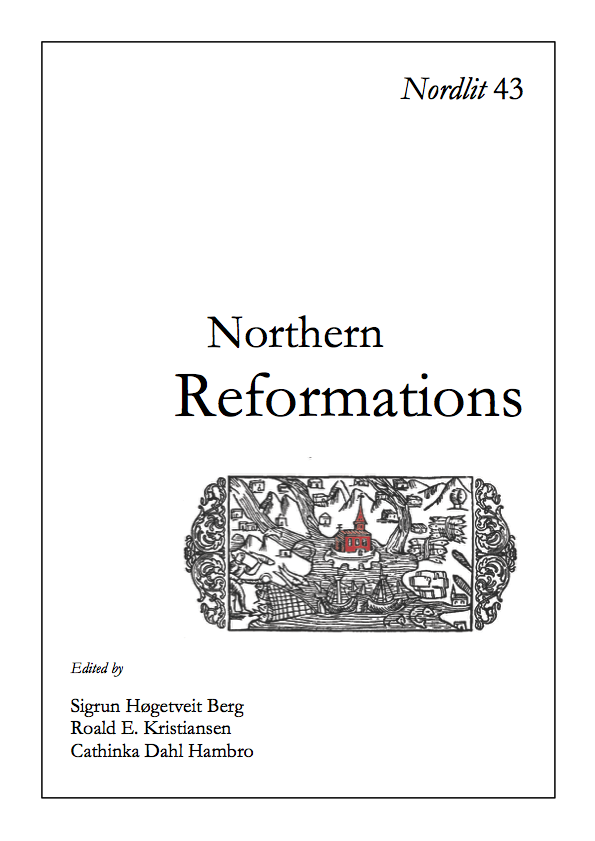Reformation, Mikael Agricola, and the Birth of the Finnish Literary Language
DOI:
https://doi.org/10.7557/13.4961Keywords:
Finnish, Mikael Agricola, Paulus Juusten, Reformation, TranslationAbstract
This article revisits the traditional history of the birth of the Finnish literary language in the aftermath of the Lutheran Reformation in the first half of the 16th century. Contrary to what earlier scholars have assumed, the article argues that the creation of the Finnish literary language cannot be attributed exclusively to the Bishop of Turku, Mikael Agricola, who is known as “the father of the Finnish literary language” because he published the first printed books in Finnish. The article will show that although the first Finnish publications were printed in the name of the Bishop of Turku, they were based on the translations of more authors. The article will also propose answers to the question, who these until now unknown authors could have been. The article is based on the study of relevant contemporary historical source material and close linguistic analysis of the early translations of ecclesiastical texts into Finnish.









